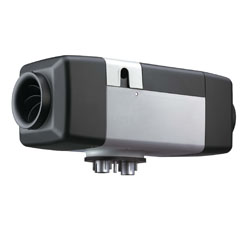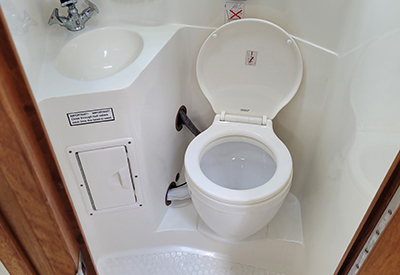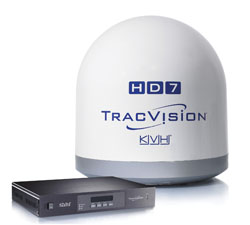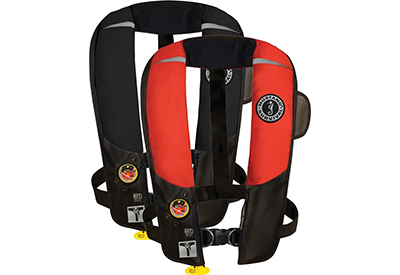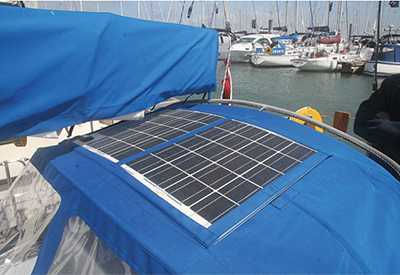Before You Leave the Dock!
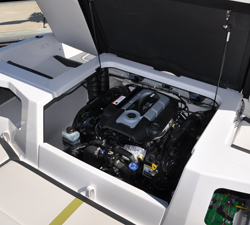
By Glen Cairns
The Pre-Departure Check List is Your Friend
So the boating season has finally arrived and since you have been a diligent owner, all your spring outfitting has been carefully attended to. Everything on that spring check list has been duly checked off and your guests are on their way. The coolers are filled with drinks and snacks and you’re looking forward to great day on the water. However, as experience has taught us, we are at our most vulnerable when our guard is down. Routine can lull us into a false sense of security. Now is the time to make sure you have a proper procedure for departure, one that can make the difference between fun on the water and a day of frustration, or worse.
For each time you leave the dock, as with routine maintenance, the checklist is your friend. It’s not for nothing that aircraft pilots have detailed preflight checklists covering even the most basic items. It is often a case of missing the obvious that gets us into trouble. A famous and tragic example of this was sinking of the English Channel ferry “Herald of Free Entreprise” in 1987. This disaster, which resulted in the loss of 193 passengers, was caused by the simple fact that no one closed the forward loading door! As with most tragedies this accident was the result of a series of bad decisions the last of which was the captain’s assumption that the door was closed. This is a grim tale to reinforce the notion that a simple check list routine can save not just headaches, but potentially lives as well.
 Each skipper should develop a customized checklist for their boat, preferably a plasticized sheet keep at the helm. Each boat will have its own individual requirements. Below is a list of general items to consider; some are mundane (until you forget one), but should be part of any check list.
Each skipper should develop a customized checklist for their boat, preferably a plasticized sheet keep at the helm. Each boat will have its own individual requirements. Below is a list of general items to consider; some are mundane (until you forget one), but should be part of any check list.
• First and foremost, arrive at the boat at least 1/2 an hour before your guests so you have a quiet period to concentrate on your checklist and planning.
• Do a walk around of the boat’s exterior, jiggle hand rails, and check the anchor locker and stowage. Is the anchor secure but still available? Is the rode properly stowed? An anchor that cannot be deployed in a matter of a couple of minutes is not much use. Stow any loose gear and if you have a dinghy, make sure it is properly secured.
• Once at the helm you can power up the boat’s electrical system. Many newer boats will have a screen to give the status of all systems including pumps tanks etc. Make sure all is in order and all gauges are working properly.
 • Now go below and check all the cabin sole hatches. Boat builders love to hide things here, so know where everything is located and inspect each location. Thru-hulls and hose clamps should all be snug with no sign of leaking. Be sure the bilges are clear with nothing blocking the pump float switch.
• Now go below and check all the cabin sole hatches. Boat builders love to hide things here, so know where everything is located and inspect each location. Thru-hulls and hose clamps should all be snug with no sign of leaking. Be sure the bilges are clear with nothing blocking the pump float switch.
• Make sure the fresh water tanks are full. There’s nothing worse than having vacuflush toilets and no water! Has the holding tank been pumped out recently? This is a tank you definitely don’t want to be full.
• Now is the time to inspect the engines. Many boats these days have hydraulically raised engine hatches. This is great; but try to keep the deck area clear enough that raising the hatches is not impossible.
• Make a visual inspection of the engine compartment looking for leaks or loose connections. You’ll be glad you spent that extra time cleaning the engine area so any spills will be easy to spot.
 • Check engine oil levels for engine, transmission, outdrive and also coolant levels. Your engine manual will give the details. It’s a good idea to mark anything that is hard to identify just in case someone other than you has to find it.
• Check engine oil levels for engine, transmission, outdrive and also coolant levels. Your engine manual will give the details. It’s a good idea to mark anything that is hard to identify just in case someone other than you has to find it.
• If possible, make a visual inspection of the props. Make sure there are no loose lines or debris, floating garbage bags etc. that could become tangled in the propellers or engine intakes. Look all around the boat for flotsam, a plugged thruster can turn your smooth departure into a Keystone Cops episode in short order.
• All safety gear should be checked and stowed where it can be easily accessed.
• Once your guests have arrived be sure to make the safety procedures clear and let them know what your departure procedure will be.
• Disconnect and stow the shore power cord.
 • With engines at idle, check forward and reverse, and check the thruster if you’re lucky enough to have one.
• With engines at idle, check forward and reverse, and check the thruster if you’re lucky enough to have one.
• If you’re not leaving the dock lines behind at your slip, it’s a good idea to double end the last line to be let go so nobody has to leap aboard, or get left behind. We’ve all seen this too many times.
• Even on short cruises, leave a Float Plan and contact numbers with the marina, yacht club or friends. In case you don’t return on time they need to know where to look for you.
• Lastly, please bring in those shore power cords and fenders.
Bon Voyage.
Thanks to Terry Conrad of Conrad Marine Services in Mahone Bay NS for his suggestions.
Photo Captions:
Photo 1 – Don’t be afraid to get that engine hatch open!
Photo 2 – Hydraulic assisted flush engine hatch with insulation and fire suppression.
Photo 3 – If possible, make a visual inspection of the props. Most marinas can send a damaged prop to be repaired.
Photo 4 – Disconnect and store your shore power cord.
Photo 5 – All safety gear should be checked and stowed where it can easily be accessed.

